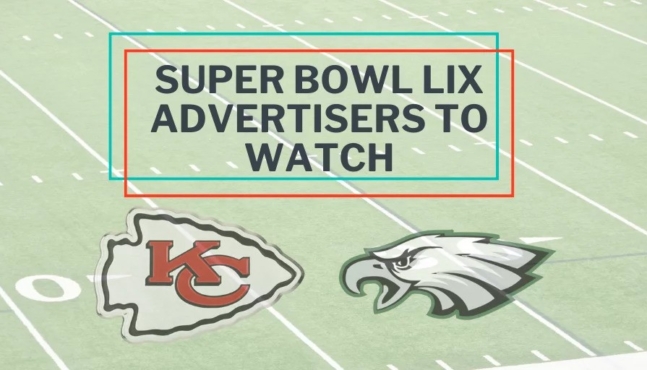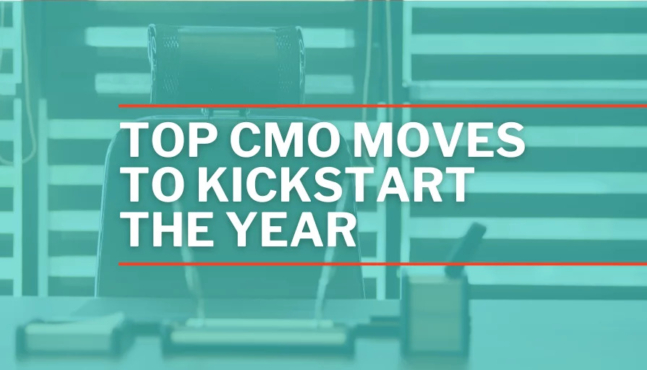
Omnichannel Marketing and Your Business Intelligence Software Stack
Omnichannel marketing is what’s now, multi-channel marketing is so 2000-late. If multi-channel marketing is presenting your brand across channels to provide consumers with information where they are in the buyer journey, omnichannel is much closer to presenting that same information in a much more targeted way. It allows customers to switch between channels and devices without feeling disconnected from your brand as they consider their purchase.
The data and the tech stack of business intelligence tools needed to do omnichannel well are daunting, and can run from a couple hundred dollars of financial commitment to a few hundred thousand, depending on what they are and the data they’re working with. But we’ll get to that in a moment, after this brief history of internet marketing.
Check out this chart. It shows an explosion of interest in multi-channel in the new millennium. Do you remember/know what happened to marketing in 1998?

The internet happened.
The journey from multi-channel to omnichannel
Google revolutionized search engines in 1998, then launched AdWords in 2000. Amazon.com had been publishing consumer-generated reviews almost since it launched in 1994, but when the bookseller branched out into other products in 1998, and began developing an ad platform in 2003, the pace of change was becoming breath-taking as ads began appearing on high-traffic websites (and some not-so-high-quality sites)..
It doesn’t take a genius to spot the correlation of the growth of the internet with the growth of multi-channel. The chart comes from Google’s Ngram Viewer – a tool that traces the prevalence of words in books over time, but only as recent as 2008. As more customer-serving tools and websites became available, more channels to reach, inform and persuade customers were exploited by brands.
But the Ngram Viewer couldn’t find enough uses of “omnichannel marketing” before 2008 for it to be graphed — and that means “omnichannel” didn’t really become a “thing” until 2008 or later.
So what happened to marketing in 2008?

YouTube ads and Smartphones happened.
It used to be that that there were three “moments of truth.” The first was when the consumer became aware of the problem (stimulus), the second when they found a solution to it (shelf), and the third when they acquired the item and started using it (experience). As recently as the 1980s, those moments would take place over a period of days or weeks as shoppers checked out consumer reports, read trade magazines and asked friends and relatives for recommendations. Then the shopper would get in their car, drive to the store and buy it, or order it from a catalog. Those things took time. But that’s changed, and there are now five moments of truth.
Now consumers can get social proof for their purchasing options, on their phone as they shop.
The rise of smartphones and consumer generated content, along with sites that can deliver almost any product to your door on the same day, has shrunk the timeline of the buying process to almost no time at all. Consumers can be reminded that they need something when they see it on the shelf, comparison shop on their phone and either buy in the store or online immediately.
Brick and mortar retailers and traditional advertisers aren’t just competing with other brick and mortar businesses for consumer attention aand dollars: they’re competing with the entire internet.
What is omnichannel marketing?
Omnichannel really means having a strong presence across all marketing channels for all stages of the buyer journey. That kind of approach relies on data and the ability to segment and target based on sets of keywords that change through the buyer journey, and the whole customer experience must be heavily personalized.
The strategy may include digital channels like SEO or SEM, social media, email, maps, or in-app messaging. It might include in-person channels like a telephone customer care center, chatbots, SMS or in-store assistant. Traditional media like print collateral, billboards, radio and TV ads, and in-store video are important, too.
When it’s done right, movement and messaging from one channel to the next is intuitive, cohesive and seamless for the customer. As they move from Google map results to website to checkout, the customer shouldn’t be bombarded with conflicting messaging or branding that can disrupt their journey. This means that sources of friction, and silos that don’t work well together, must be eliminated, campaigns must be developed with an omnichannel approach in mind, and training of customer-facing employees must include an overview of the touchpoints along the customer journey for every channel.
With so much work to be done, why would a brand want to take this route? Because before all this personalization gets too creepy, it’s going to be really amazing. Customers appreciate the convenience and they appreciate being recognized by the brands they buy. Brands love the customer data they can collect, which helps them refine their tactics and develop more innovative products that fit their customers’ needs.
Why mobile site optimization, apps and AdWords matter
In response to this new urgency, savvy marketers have realized they need to have their brand front-and-center – or more accurately, at the top of search engine mobile results pages – when shoppers are searching, or better yet, an app they keep on their phone.
If your website isn’t optimized for mobile traffic, Google might not even show your site in mobile search results. The good folks at Moz have a blog about Accelerated Mobile Pages you should read if you want to learn more about mobile optimization.
For shoppers, the searches they use might be about “running shoes near me” which relies on local search and geofencing of AdWords campaigns. It might be for comparison shopping, so specific product terms matter. And given so many consumers are using their phones to find the best deal, or in some cases customer reviews for a product they’re going to buy in a store, brands and sellers need to accept there’s a good chance those sales will go someplace else.
But that doesn’t have to be the end of a brand’s engagement with that customer. What’s almost as valuable these days is getting the click to your website so the tracking pixel fires and you can then re-target the shopper almost endlessly.
The tech stack for omnichannel marketing is scary big.
You need to generate a mountain of content to serve customer use cases and answer customer questions for every step of the buyer journey and every channel. And then you have to analyze whether that content is optimized effectively to get the most traffic.
You need to be able to analyze more data than you ever thought possible, so an analytics service is a must, unless you have a team of in-house data scientists using tools like Tableau and Spredfast to get insights about your audience.
On top of AdWords, Analytics and Facebook Insights data, there’s the usual business intelligence suspects of a CRM, marketing automation, native advertising, content marketing, sales intelligence and predictive prospecting tools, mobile applications development, API integrations, UX/UI expertise and all things search or trigger-based messaging.
To do omnichannel in a way that gets the results you want, while delivering the experience customers are growing to expect, is no small undertaking. If you want to work with agencies that plan and execute omnichannel campaigns, you can find them in Winmo, and you can get a free, no-strings trial today.




